A digital marketing campaign is incomplete without SEO. 61% of marketers say they prioritize boosting SEO and organic presence the most. But, optimizing our website containing multiple pages and keywords tends to be quite challenging. That’s when you need to work on enterprise SEO.
This post is a guide to enterprise SEO discussing its definition, dissimilarity with small business SEO, benefits, pillars, and examples that would help you to get optimum success from campaigns.
Let’s read.
What is Enterprise SEO?
Enterprise SEO is a set of SEO strategies that aim to increase the organic presence of a big enterprise. If your website has a thousand pages, you need SEO services and the implementation of the most effective strategist to drive traffic.

The SEO experts give actionable advice to help you increase the revenues of your large enterprise and follow a strategic and scalable approach to grow your business.
What are the Differences Between Enterprise SEO and Small Business SEO?
Enterprise SEO differs from small business or traditional SEO. The former is performed on bug websites containing thousands of pages. The latter is conducted on small websites containing a few or hundreds of web pages.
Let’s discuss the differences between enterprise SEO and small business SEO depending on various factors:
Keywording
Enterprises having large websites need to put more effort into keywording. They should use specific popular keywords related to an article, product, service, and page. Before using those keywords, the enterprises should compare them against the competitors.
While keywording is quite different for small businesses. As generic keywords don’t work for small businesses, they should use long-tail keywords. Add a long-tail keyword with longer and natural phrases to your website. If you run a small business, you should add other companies’ names to your web content.
Using a competitor’s name tends to hurt popular websites but not small businesses.
Geography
Geography plays a crucial role in your SEO performance unless your business is active online. As a small business, you should not try reaching a worldwide audience. You should always use local-specific keywords. If you are located in a specific city or sell to a specific location, your website keyword list should include their names as words.
SEO gets tougher and more expensive for big enterprises that target a multi-national or global target audience.
Content
Content contributed the most to your website’s search engine ranking. Without enriching content, search engines will have no reason to send traffic to your website. When drafting content for a small business website, keep in mind that you don’t have the same amount of resources as large enterprises. So, create the amount of content that you need rather than posting a blog every day or a whitepaper after every 2 weeks.

You can also be creative when developing your content, like adding a relevant short video. Create content that suits your business goals and aspects.
Design
No one wants to visit and access a website that looks drab, is full of spelling errors, and with broken links. If you have such a website, visitors tend to bounce off, which search engines notice and penalize.
You can always hire skilled web designers to design the perfect website. Use good CMS, like WordPress, as they come with free or affordable themes and design templates to enhance a website. If you want an excellent website but don’t know how to build code forms or code, use plugins/extensions to get it done.
Images
Images play a crucial role in offering a good experience to users of your website. As they break up huge chunks of text into easily readable bits, they give visual peace to website visitors. As a big company owner, you can always hire talented photographers or videographers to click beautiful images or make intriguing videos for your website. Such visual content can always give an edge to your website.
Most people have a high-resolution camera on their smartphones these days and click photos themselves. If you don’t want to use your camera to click pictures for your website, you can visit top-notch stock photography websites, which offer free photographs for users.
Personas
Every website should have a target persona or audience. Once you know to whom you sell your products and services, you can customize your marketing strategies accordingly. Large enterprises tend to invest a lot of time in research as they have multiple target personas.
Small businesses with a local audience have a much more straightforward and easier researching experience.
What are the Key Benefits of Enterprise SEO?
Enterprise SEO campaigns, if performed effectively, can drive maximum organic traffic, help your website to display on top of the SERPs for various keywords, and improve your brand image.
Find below the major benefits of enterprise SEO campaigns:
Reach Customers at Every Phase of Their Journey
Enterprise SEO planning includes creating high-quality content and on-page optimization with hyper-targeted strategic customer outreach. Such SEO campaigns target user intents at every stage of the customer journey. This is one of the many enterprise SEO agency benefits.

Your teams should function together to deliver the desired results. The content writing team should write blog posts, articles, and web copies using relevant keywords. The SEO team should work with the data to identify the trending keywords. The marketing team should gather data related to products in which customers are most interested.
Everyone in your workforce should work together to attract the highest ROI.
Increase Your Brand’s Local Presence
Enterprise SEO focuses on local SEO and improves a brand’s presence in the local marketplace. Your company can never succeed if you fail to penetrate the regional marketplace.
Thus, local SEO is one of the most vital elements of enterprise SEO.
Enhance Your Brand Recognition
Customers tend to do brand-centric searches. They will go through online reviews and testimonials before investing in your products/services. Brand-oriented searches return a combination of search results. Most of the search results include properties, which you can control, such as websites and social media accounts. However, you can’t control Wikipedia pages, news articles, and third-party review websites.
Search results, which you don’t control, help in enhancing your brand recognition in the crowded marketplace. If you want to build a positive image among the searchers, you will have to control your display search results.
Make sure your enterprise SEO teams focus on generating more and more positive reviews about your brands. Online reviews can boost your revenue by 40%. If reputed newspapers cover your event and publish content related to your business, it enhances your brand reputation.
Plus, when you post a variety of high-quality content, which makes Google feel that you are adept in your industry, you rank high on SERPs and build a massive online presence. As a consequence, your brand comes across as a familiar and reliable resource to meet target audience needs.
With an increasing number of people trusting your brand, your online reputation keeps on improving consistently. Your positive brand reputation prevents negative reviews and helps in attracting more customers and growing sales.
Prevent Negative Effects on Your Website from Broad Core Algorithm Updates
Whenever Google releases a broad core algorithm update, many websites get affected in either positive or negative ways. With the proper implementation of SEO strategy, you tend to benefit from the search engine algorithm updates.
Enterprise SEO prioritizes boosting the overall UX and displaying valuable content to the target audience on SERPs. Google always prefers websites, which offer the best UX to customers. As a business owner, you should always try your best to offer a flawless UX to impress all website visitors.
Acquire Backlinks from High Authority Website
Whenever reputable newspapers or media houses post content related to your business or covers any of your big events, many websites will link to your website, which adds value to your backlink profile.
Moreover, when you post tutorials or guides on a detailed topic, bloggers writing on the same topics tend to link to a post, which elaborates the concept in detail rather than doing the same themselves.
What are the Pillars of Enterprise SEO?
The success of an enterprise SEO campaign is made of four things – keyword choices, automation, search engine optimized templates, and consistent content development.
Let’s take a look at the pillars of enterprise SEO:
1. Keyword Choices
When it comes to choosing keywords, ClickFlow’s Content Editor can always help you to a large extent. However, you should still have a clear understanding of the keyword selection process.
So, how should you understand search intent? Google’s understanding of search terms has changed drastically. Now, the search engine king can easily assess semantic relationships between phrases and words. Natural Language Processing (NLP) can understand the intent behind a search on the internet. Thus, you should focus on choosing keywords, which are most relevant to the searchers’ intent.
For instance, if you draft content for the Awareness stage, which includes the issue your fixes, you should never use typical commercial keywords, such as “Download” and “Buy”.
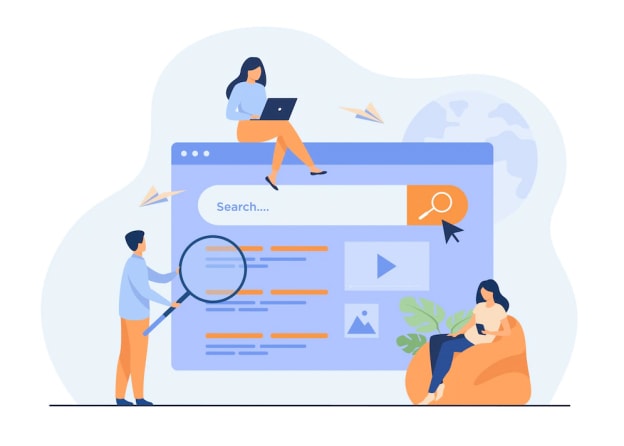
Find below how you should select your keyword at every phase of the customer’s journey:
Generic Keywords
People are not sure of what they want at the state, i.e., the top of the buyer’s journey or funnel. Users search for the perfect solution to their problems via generic and non-branded queries. Once you display in front of your target audience at this stage, it boosts your chances to gain maximum online visibility for your brand.
For instance, if you run an online store, you must focus on generic keywords, such as shirts and shoes, to gain maximum brand visibility in the first stage of a buyer’s journey. You should draft content, which educates your potential customers and address their queries in the first stage.
Sometimes, Google returns only informational content if users type a keyword. In case you aim to rank for a keyword, like ORM, on the first page of Google search results, you need to draft educational content filled with generic keywords.
Branded Keywords
Users who type branded keywords know about your brand and tend to look for more information related to your products. The search results for branded terms include the assets that you own, such as your website, social media accounts, and third-party content(for instance, Wikipedia pages and reviews.
If you implement the most potent SEO tactics, you increase the total number of positive content related to the brand in the search engine results. Make sure you optimize both your old web pages and new posts. Your recent blogs and articles should contain branded keywords highlighting your product features.
As an internet user, you must have noticed that the first search result for any product is of the beans themselves. But, there are also third-party review websites on the first page of the SERPs.
Keep in mind that you can have a better online reputation with the increase in the number of positive content related to your brand. When working on enterprise SEO, you should focus on increasing the positive content regarding your brand for branded searches.
Non-Branded Keywords
When you add non-branded keywords to your content, you attract a high volume of organic traffic. Such terms tend to have a large volume of searches and represent people who progress down the sales funnel but still need to choose the brand from whom they want to buy products/services.
Non-branded keywords are a bit more specific than head keywords. There are those keywords in SEO – head keywords and long-tail keywords. Some of the examples of non-branded keywords are CRM for small companies and men’s shoes. If you dominate the SERPs at the category level, you can interact with maximum potential customers.
Focus on using medium-tail keywords at this stage and draft content, which educates your target customers regarding your products.
Transactional Keywords
When you add transactional keywords to your content, you attract people who are willing to convert. They are usually long-tail keywords, which are more specific than generic terms. When users search for generic terms, most of the search results display the same phrases. Some of the search results also gave LSI keywords.
Latent Semantic Indexing (LSI) is a computer program that search engines use to evaluate the other words people use related to a specific topic. LSI keywords are words and phrases with a high level of correlation to your target topic. The first search engine result contains the LSI keywords many times.
Enterprise SEO makes sure your website ranks for transactional keywords and their synonyms, which boosts the chances of conversions even when searchers use a different keyword.
2. Automation
Enterprise SEO works well for websites containing thousands of web pages. If you have a spreadsheet containing 10,000 products. Would it be possible for you to create content individually for all those products? Even if you can, the process would be extremely hectic and time-consuming. In such a situation you should focus on automation.
Marketing automation increases sales productivity by 14.5%. Companies, which use automation, have witnessed an average 12.2% decrease in marketing overheads. Automation saves an ample amount of time focusing on crucial SEO activities, such as keyword research, identifying weak areas on your website, monitoring the quality of backlinks, and analyzing title tags, canonical tags, meta descriptions, URLs, and breadcrumb navigation links.
3. Search Engine Optimized Templates
Templates are the foundation of enterprise websites. If your website has thousands of web pages, it gets unimaginable to code each of them individually. Templates help you in coding every web page separately.
As many enterprise businesses don’t follow the suggestions given by SEO experts to design a website, it gets tougher for marketers to add and edit content, which adversely affects the search engine ranking. When designing your website perfectly or selecting the right readymade template, you should hire SEO experts.
The experts follow the most effective practices to optimize your website for search engines. They ensure the things below to make your website SEO-friendly:
- All templates are responsive
- They are optimized for speed
- They are built on perfectly written code, which weighs less to noticeably decrease the server load.
3. Consistent High-Quality Content Development
As ” Content is King”, you should never compromise on its quality. If you don’t strengthen the base of the website, working hard on anything goes for a toss. You need to create SEO-friendly content if you want to prefer your website when returning search results. You will have to give complete, updated, accurate, and in-depth content to search engines.
When your website has search-engine-optimized content, it increases your chance to rank at the top of SERPs. You can create more and more content, but maintaining the quality gets tougher. When you have many writers in your team and more topics to write on, it gets tricky for you to consistently deliver content that ranks high on SERPs.
You should implement potent strategies and models to draft, edit, post, and distribute content. Focus on creating catchy content briefs to capture the attention of maximum internet searchers. A perfect content brief directs writers as to what to add and how to optimize a blog post to rank high on Google.
You get directions about the following things:
- Target keywords
- Use synonyms of target keywords
- Add correct meta tags
- Write catchy meta descriptions
- Boost readability score
- Increase keyword relevancy score
- Include relevant internal links to website content
Search engine optimized content tends to rank high on the SERPs. The higher search engine ranking drives more traffic to your website and boosts your revenues. A content brief with these key elements will combat your chance to go out of the topic. Moreover, it makes it faster and simpler for you to work with writers, mainly new writers.
One of the simplest ways to optimize content is using tools like ClickFlow. It has an AI-activated Content Editor feature, which retrieves the data directly from the content ranking presently. The tool guides your content writers on which keywords to add to content, which subtopics to focus on, and delivers feedback on readability.
If you don’t use a content optimization tool, you can put a lot of manual effort to make sure your content is perfectly optimized for search engines. However, manual efforts slow down or pile up your content development requirements.
How to Work on Enterprise SEO?
You must have understood by now the key benefits and four pillars of enterprise SEO. Now, let’s look at the ways you can work effectively on SEO:
Boost Search Engine Crawlability and UX
Crawling is one of the vital elements of all SEO campaigns. The process makes sure Google and other popular search engines easily find the web pages on your website. Crawling is kind of the first step to making your website rank on SERPs.
Below are the few steps you can take to boost your website’s availability and UX:
- Simplify the navigation via your website for your visitors
- Make sure your website’s home page is not over three clicks far, regardless of how much deep the visitor is on your website
- Fix any critical technical issues(such as incorrect robots.txt, XML sitemaps, and page speed), which ruin the crawlibility and quality of your website
- Delete old web pages using 301 redirects to make sure the visitors don’t notice the error signals
- Add a search bar and autocomplete action to your website. The addition makes it simpler for visitors to find the desired products on our website.
Even though no one can predict what Google will do ahead, one thing would stay constant, i.e, the search engine will prioritize giving the target audience what they want whenever they ask for it. Thus, you should implement a forward-thinking strategy to deliver the finest UX.
Use ‘Striking Distance’ Keywords
‘Striking distance’ keywords are the terms for which your website ranks in 11th to 20th positions from the top of the first SERP. Such low search engine ranking keywords can always help you to make it big in enterprise SEO quickly. Shifting the keywords, which are close to the first search results page to the page offering a high chance to increase conversions, works well for enterprise SEO.
Start preparing a list of web pages, which rank on the second page of Google SERPs. You should check the Google Search Console data to find ‘striking distance’ keywords and look for them manually on Google to find the newest rankings.
Since enterprise businesses have over one country to target, you may need to use a VPN to correctly check the search engine rankings. A variety of tools can help you to find such pages. Once you build a campaign on ‘SEO Monitor’, the tool automatically starts checking your website ranking.
You will have to apply an Advanced Filter and modify the rank to more than 10 and less than 21. You can also set a minimum standard for the monthly search volume and add a filter on the SEO issues. Setting a minimum threshold helps you to narrow down search results and identify the ways to win quickly.
After you create a list of ‘striking distance’ keywords, you should analyze the web pages ranking on SERPs for those keywords. Check the vital search engine ranking factors such as backlinks, ALT text tag, and page speed. During the audit, you must also check the website, which ranks on the first result page to find what they have that you don’t.
Look for images and charts on the web content, which makes it simpler for the readers to understand the content. See if they reply to extra related user questions. A few elements, which you can improve on such web pages are – title tag, meta description, keyword targeting, adding new keywords, readability, and both inbound and outbound backlinks. You can also add more content to the existing content and update the statistics(if any) depending on the latest research.
When you target ‘striking distance’ keywords, you can consistently update and boost your website’s online visibility in search engines and ROI.
Optimize Content for Voice and Visual Searches
Voice and visual search optimization help your enterprise to reach a broader audience and expand its online presence. 30% of all browsing sessions include a voice search. Early adopter brands, which redesigned their website to support voice and visual search have increased digital commerce profits by 30%.
Start with optimizing old content for screenless searches. As enterprise websites contain thousands of web pages, optimizing every page takes months and even years. Thus, you should focus on the content, which ranks in position zero, i.e., featured snippets or has the chance to rank in that position. Remember, 60% of voice search engine results come from featured snippets.
After you choose which web page to optimize for a voice search, do these things below:
- Analyze competitor’s replies to different featured snippets to get almost a clear idea of what Google’s ranking preferences
- Useless words in voice search queries as Google usually replies to voice search queries with short (29 words) results.
- Add direct answers to multiple same questions in a specific post.
- Write answers at a 9th-grade reading level
- Include bulleted or numbered lists to ‘How-to’ guides
Such optimizations will boost your chance to acquire featured snippets and voice search engine results, which will increase your website traffic and conversions. Furthermore, visual search converts a smartphone to a discovery engine using an image as the stimulus to deliver relevant search results. Searchers don’t need to explain what they are looking for via text.
With the increase in acceptance of Google Lens, it has become crucial to optimize your website for visual search, mainly for eCommerce brands wanting to rule the marketplace.
Follow these steps below to include visual search as an element of your enterprise SEO process:
Perform a Deep Research
You should try to understand what your target customers look for when performing visual searches. You need to understand if they look for ideas or information related to the image. The understanding will help you to draft content to fulfill their search requirements.
Prioritize the Basics
Check the images’ indexation status, update the product stock, and upload image XML sitemaps.
Optimize Images
You should optimize all images on your website by implementing the best SEO tactics. However, you need to do something more to optimize visual search.
Remove clutter from website images and maintain consistency in visuals that are exclusively used for your brand. If you do so, search engines can easily understand who you are and which products/services you should promote to grow your business.
Build Enterprise-Level Link
Link building largely influences your website ranking. Ahrefs discovered a direct correlation between a web page’s monthly organic search traffic and its backlinks from high-quality websites. When your web page has more backlinks, it gets more organic traffic from Google. With the increase in the number of referring domains, organic search traffic increases.
Being a business enterprise company owner, you may already have many high-quality links from reliable websites in your industry. Still, you should not stop focusing on earning backlinks. To grow your backlink profile, start with assessing unlinked mentions (online mentions of your brand and products/services), which do not link back to your website.
Analyzing unlinked mentions helps in quickly acquiring hundreds of backlinks. But how? For instance, if the author of an article mentions you, it means they are already familiar with your brand. You will have to reach out and convince them to mention it in a link.
With tools like Ahrefs, you can find unlinked mentions just like that. Search for your business name and remove results from your domain. Then, apply the ‘Highlight unlinked mentions’ filter and add it to your website URL. This application and addition highlight web pages that have specified your brand name but have not linked to you.
Cold reach is another technique to acquire backlinks. Find people who write on the topics related to your industry. As they have written regarding those topics before, they may be willing to read your articles and blog posts. If they like your content, they can think about linking to it.
To find out to whom you should reach out, do the following things:
- Type the article topic in the Google search panel and then press ‘Enter’ to find websites displayed on the first page of SERPs.
- Look for the email addresses of website owners using the right tools(such as Snovio and Hunter).
- Conduct a link acquisition campaign outreaching them
- Send an easy-to-read and understand email with an intriguing reason why they must read and link to your post.
Writing a link acquisition email is quite tricky. You need to start with an introduction to the article’s author. Then, the sender asks if the receiver is accepting guest posts. Add a single-line description of what receivers can expect from your article. As everyone looks for their benefits, make sure you highlight what receivers want from your products/services.
Ignore Adding Internal Linking
Though any enterprise SEO agency prioritizes external linking, many people forget that when working on internal linking. At the most basic stage, internal linking makes it simple for search engine crawlers to discover new web pages and rank them correctly.
Another advantage of internal linking is that it gives your site visitors more reasons to stay for longer, thereby increasing dwell time. This, in turn, boosts your ranking in the SERPs.
Internal linking’s other benefit is that it is a simple activity for smaller websites. However, internal linking can create problems for enterprises we are sure with a lot of content. Thus, it is advisable to implement a related posts widget to display singular web pages from your website at the end of a blog post.
You can easily add inbound links to the body of the website content depending on relevancy. Moreover, you must follow a policy, in which every new blog post should contain three to five inbound links from relevant web pages. The internal linking would help you streamline linking strategies.
Enterprise SEO Tools
When you use enterprise SEO tools, it boosts your efficiency and makes it simple for you to deal with websites containing millions of keywords and even pages.
Here is a list of robust SEO tools that you can use for working on enterprise SEO:
Conductor

The conductor gives an insight into what your target audience searches for in real-time and recommended steps that you should take to improve visibility in search engines. Conduct evaluates your website to show content performance, competitive insights, keyword alerts,, and opportunities worldwide.
You also get a detailed web crawl report that shows if all pages are within reach for crawlers. To boost your linking framework, you can assess both internal and external links.
seoClarity

seoClarity is an all-inclusive enterprise SEO software, which gives actionable insights for content performance and organic search by implementing machine learning. This software helps you to conduct site audits and crawls to identify technical SEO issues and duplicate content.
When you use seoClarity, you get to access a Local Clarity function, which helps you to make the most of local keywords. The Link Clarity feature displays which web pages need internal links the most so you can work on it to boost search engine rankings.
The ‘actionable insights’ algorithm learns from multiple data points and then produces insights to expand SEO throughout your enterprise.
BrightEdge
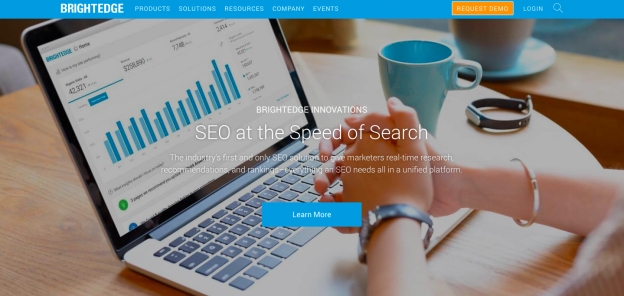
BrightEdge stands out in a cry because of its exclusive metric, known as “Share of Voice”. It is a measure of your entire online visibility in search engines. You can conduct keyword research, keyword tracking, technical SEO audit, backlink research, reporting, content development, and optimization with a single platform.
The tool gives real-time insights into your search engine ranking, page speed, search volumes, and recommends how to improve your rank in the SERPs
Enterprise SEO Examples
Many reputable brands have implemented enterprise SEO strategies and have witnessed remarkable results.
Let’s have a look below at a few such examples:
Adobe
It is an American multinational computer software company, which has 94,300 web pages. As optimizing all these pages manually would have taken years, the company used various strategies to boost SEO performance.
They built individual landing pages for every feature and witnessed an increase in organic traffic from 6.3 million to 9 million. Adobe now ranks for 197,467 keywords on Google’s first page, up from 190,120 in March 2019:
MailChimp
It is a marketing automation platform, and email marketing service, which has 154,000 web pages. Despite being so popular, MailChimp prioritizes SEO to stay ahead of competitors. They posted 5 long-form articles every month for more than a year. As a result, their website now ranks for 60,385 keywords on Google’s first page.
MailChimp has earned more than 23,330,955 backlinks from 348,672 referring domains after its launch. They also witnessed a massive increase in organic search traffic from 1.1 million to 1.4 million in a year.
Salesforce
It is the world’s leading CRM platform, which has over 58,900 web pages. Thus, they couldn’t optimize all the pages manually. Their website tends to run on CMS, which allows the management of bulk pages.
Salesforce initiated strategic onsite auditing to identify and delete technical errors on the website. Then, they focused on acquiring links from relevant websites. As a consequence, they rank fit approximately 81,417 keywords on the Google first page and had an increase in traffic by approximately one million in a year.
Square
It is a financial services company, which has approximately 465,000 web pages. A website with so many pages requires well-planned enterprise SEO tactics to boost search results performance.
They focussed mainly on internal linking. Plus, they worked on enhancing their website experience so users stay longer on their website, which boosts the dwell time and decreases the bounce rate.
Square witnessed an increase in organic traffic from 1.6 million to 2.5 million in twelve months. They now rank for 112,660 keywords on Google’s first page.
The Bottom Line
Enterprise SEO is mainly about implementing a strategic approach with big companies to rank high on SERPs. This SEO process is scalable and includes advanced strategies that work for websites with thousands of web pages.
Performing SEO for enterprise websites is quite a difficult activity. The process involves assessing and optimizing thousands and millions of web pages. So, start with boosting crawl ability and UX and then focus on east winning techniques targeting ‘Striking distance’ keywords.
Voice and visual search optimization can help you prepare yourself for future challenges. You should also use an enterprise SEO gateway to boost the overall efficiency and productivity of operations. So, start working on enterprise SEO from today onwards. All the best!
Frequently Asked Questions
Why do business enterprises need SEO?
There are quite a few reasons it’s needed. Enterprise websites have a large number of pages, and their site structure is complex. This makes it difficult for search engines to crawl and index them. Professional enterprise SEO can help with the crawling and indexing. Also enterprise businesses are more competitive, and thus they require a planned and professional approach.
How are enterprise SEO and small business SEO different?
These two differ in the size of the business and the resources. Enterprise-level businesses have big budgets, more manpower and complex website structures. Small businesses usually don’t have these resources available, so small business SEO efforts are focused on a smaller number of keywords that are most relevant to their business.
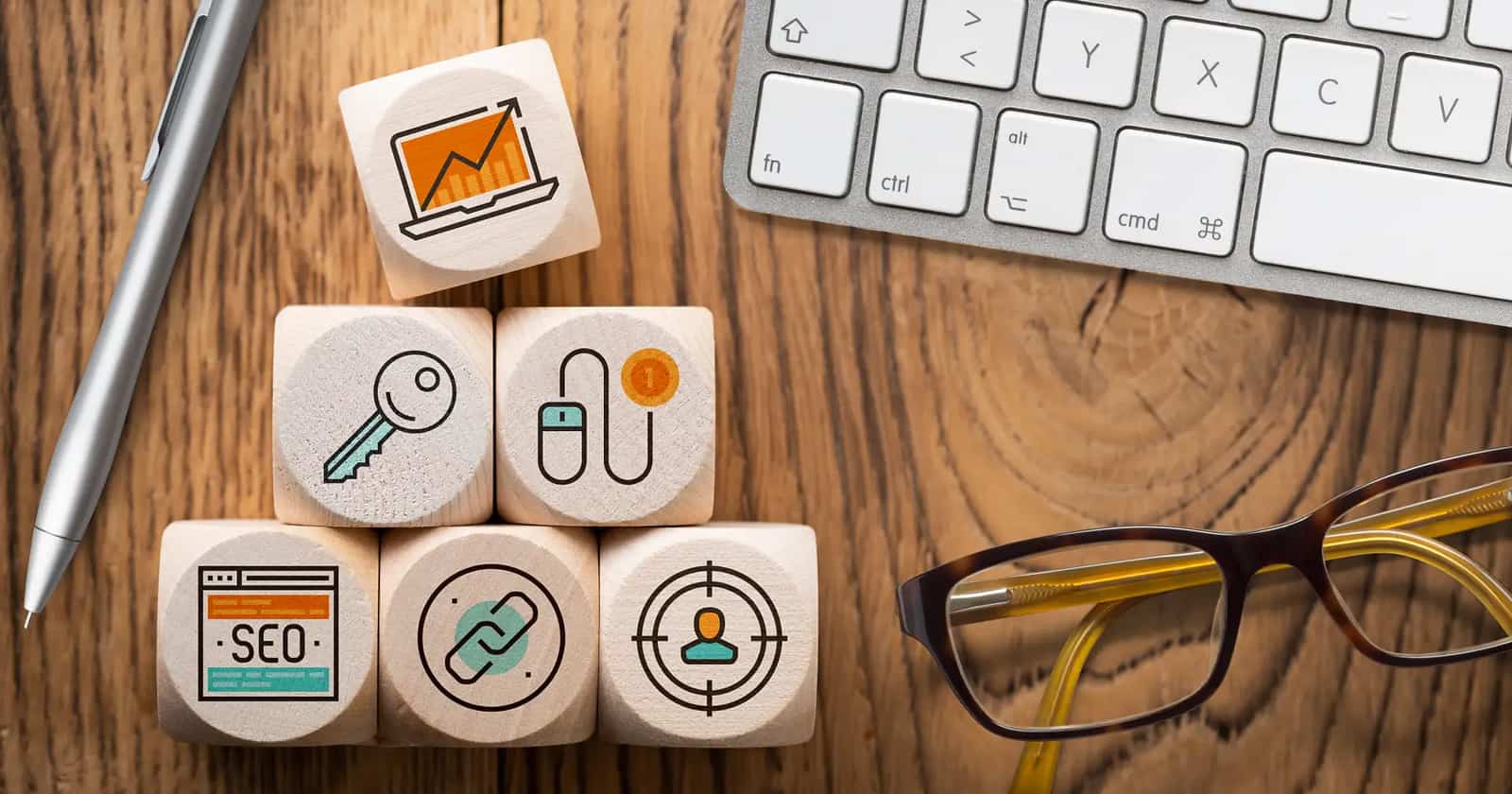
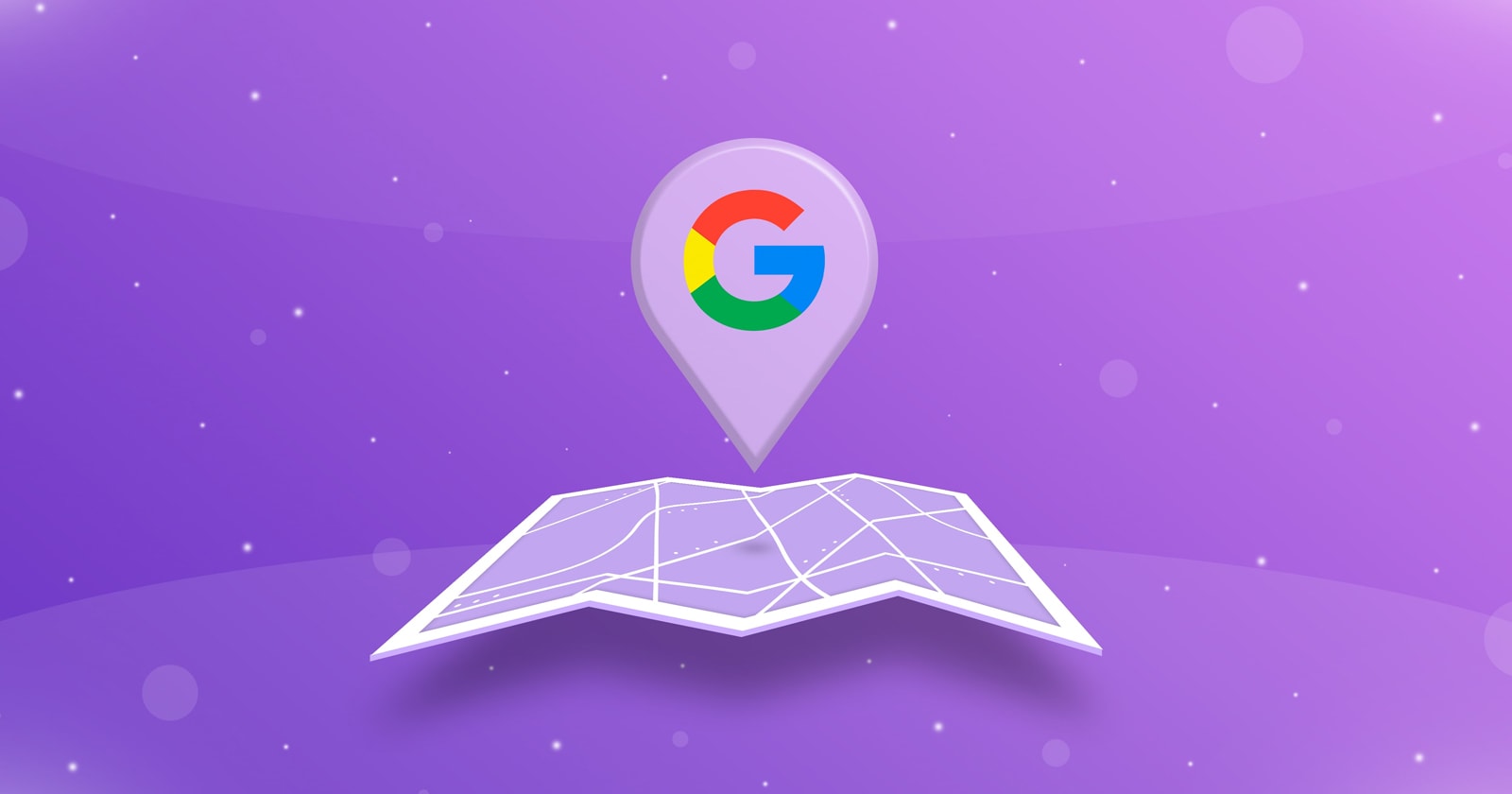





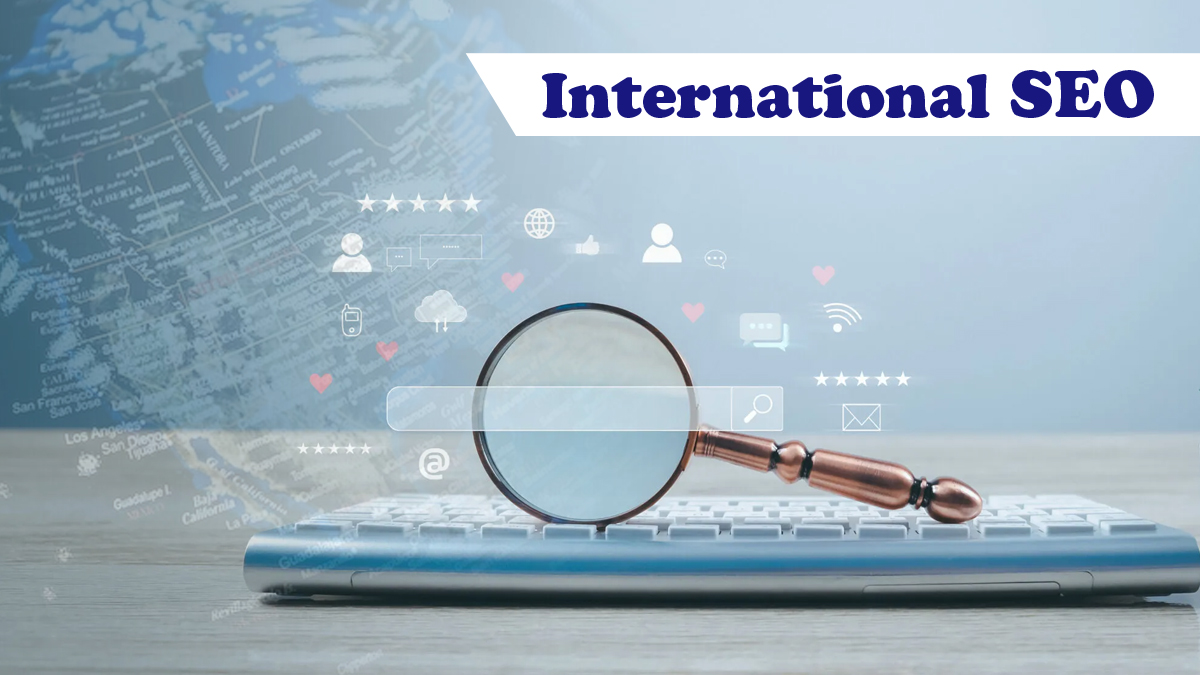

















 RSS Feeds
RSS Feeds